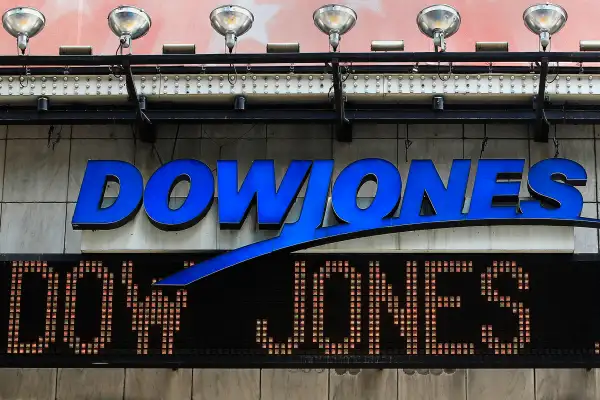What Is the Dow Jones Industrial Average (and Why Should I Care)?
Money is not a client of any investment adviser featured on this page. The information provided on this page is for educational purposes only and is not intended as investment advice. Money does not offer advisory services.

The Dow Jones Industrial Average, or the Dow, is the oldest and most widely followed barometer of the U.S. stock market. “It represented one of the first aggregate ways of looking at how security prices change,” says Chris Geczy, academic director of the Wharton Wealth Management Initiative and the Jacobs Levy Equity Management Center for Quantitative Financial Research at the Wharton School of the University of Pennsylvania.
Charles Dow, the cofounder of Dow, Jones & Company, created the index in 1896 to track the prices of a dozen industrial stocks. To calculate the index, he simply added up the prices of the stocks and divided them by 12.
The index has since been expanded and now covers 30 blue-chip stocks in a wide range of industries; the calculation has also evolved so as to account for stock splits, spinoffs, and other events. Even so, the Dow is still based on the stock prices of its constituents. “There aren’t many indexes like that,” says Geczy, “and some people say it doesn’t make a lot of sense.” Most prominent indices are based on market capitalization—the price of a stock times the number of shares outstanding.
The Dow became the bellwether not because it was the best way to gauge the ups and downs of the market, Geczy explains, but because it was so visible. Dow was also the founder of the Wall Street Journal, which published the index. Today the flagship index is part of the S&P Dow Jones Indices, a joint venture that manages and markets many indices.
While people tend to refer to the Dow when they talk stocks, the index doesn’t carry as much weight as other indices when it comes to actual investment decisions. Investors in index funds and exchange-traded funds are more likely to own funds tracking the Standard & Poor’s 500, which follows 500 of the largest U.S. stocks. The Russell 3000 paints an even more detailed picture of what’s happening in the U.S. market; it covers 3,000 companies of all sizes.
In fact, there are now thousands of indices that slice and dice the market by size, sector and even fundamentals. (A researcher working with Geczy identified more than 15,600 U.S. stock indexes.) Even so, when most people refer to “the market” chances are they are talking about the Dow. If only for that reason alone, says Geczy, it matters.